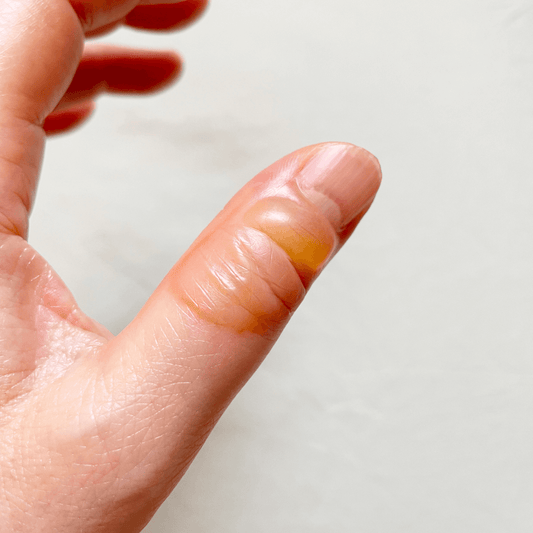Diastasis recti is a common condition that occurs in both men and women, usually as a result of pregnancy or obesity. It is characterized by an unnatural widening of the midline in the abdominal wall, which can cause many problems with breathing and digestion.
What is diastasis recti?
Diastasis recti is a condition that involves the separation of the connective tissue between the abdominal muscles. This separation causes a bulging in the abdomen and can make everyday activities, such as breathing and walking, difficult.
What are the symptoms of this condition?
Some common symptoms of diastasis recti include discomfort or pain, bloating, nausea, and reduced urine output or fecal incontinence. In severe cases, complications such as hernias may also occur.
Getting treatment for this condition is essential in order to minimize its negative effects on your health and well-being. While there are many options available, such as surgery or physical therapy, most people find relief by following a customized plan that includes specific exercises, stretches, and lifestyle changes. If you think you may be experiencing symptoms of diastasis recti, it is important to speak with a healthcare professional as soon as possible in order to get started on an appropriate treatment plan.

How is diastasis recti diagnosed?
While the condition is typically diagnosed through a physical examination, there are also certain risk factors that can be identified to help predict whether someone may develop diastasis recti at some point in their life.
What are the treatment options available for this condition?
There are several treatment options for diastasis recti, including surgery, physical therapy, and exercise. Generally speaking, surgery is used to repair particularly severe cases of diastasis recti, while other interventions like physical therapy or exercise are used as maintenance tools to help prevent the disorder from returning. Ultimately, the best approach will depend on each person's specific experience with diastasis recti and their overall health. So if you are concerned about this condition, be sure to talk to your doctor about the best options for you.
What are the risks associated with untreated diastasis recti?
Diastasis recti is a condition that many women experience during pregnancy, typically while their stomachs are still relatively flat. This condition occurs when the abdominal muscles separate due to excess pressure from the pregnancy and/or childbirth, and it can lead to some serious health concerns if left untreated. The main risk associated with untreated diastasis recti is herniation, which is when part of the intestines protrude through a hole in the connective tissue of the abdomen.Left unchecked, this condition can lead to potentially life-threatening complications such as bowel obstruction or strangulation.

How can you prevent this condition from happening in the first place?
In order to prevent these risks from happening in the first place, it's important to work on your core strength and focus on properly engaging your abdominal muscles throughout all stages of pregnancy. Making adjustments to your posture and focusing on maintaining proper form when exercising are other important strategies for preventing diastasis recti. With proper care and attention, however, it is possible to minimize both the symptoms of diastasis recti and associated health risks related to this condition.
How can you help to heal diastasis recti after giving birth?
There are many different things that can be done to help heal diastasis recti after giving birth. One of the keys is to focus on strengthening the abdominal muscles through a variety of exercises. Some of the most effective exercises include planks, crunches, side bends, and leg lifts. These movements target all of the major muscle groups in your core, helping to strengthen and tone them over time. It is also important to pay attention to your posture, making sure that you are sitting or standing with good alignment in your spine. This will help to reduce pressure on the core muscles and promote faster healing.
What are some exercises that can help to strengthen your abdominal muscles?
Additionally, it is essential to avoid any exercises that put strain on your abdominal muscles or compressing forces onto the stomach area. Finally, you may want to consider seeking out the advice of a personal trainer or other health professional who can provide tailored guidance for healing diastasis recti.
With these tips and strategies in mind, it is possible to begin healing diastasis recti and regain a strong, stable core after pregnancy.





